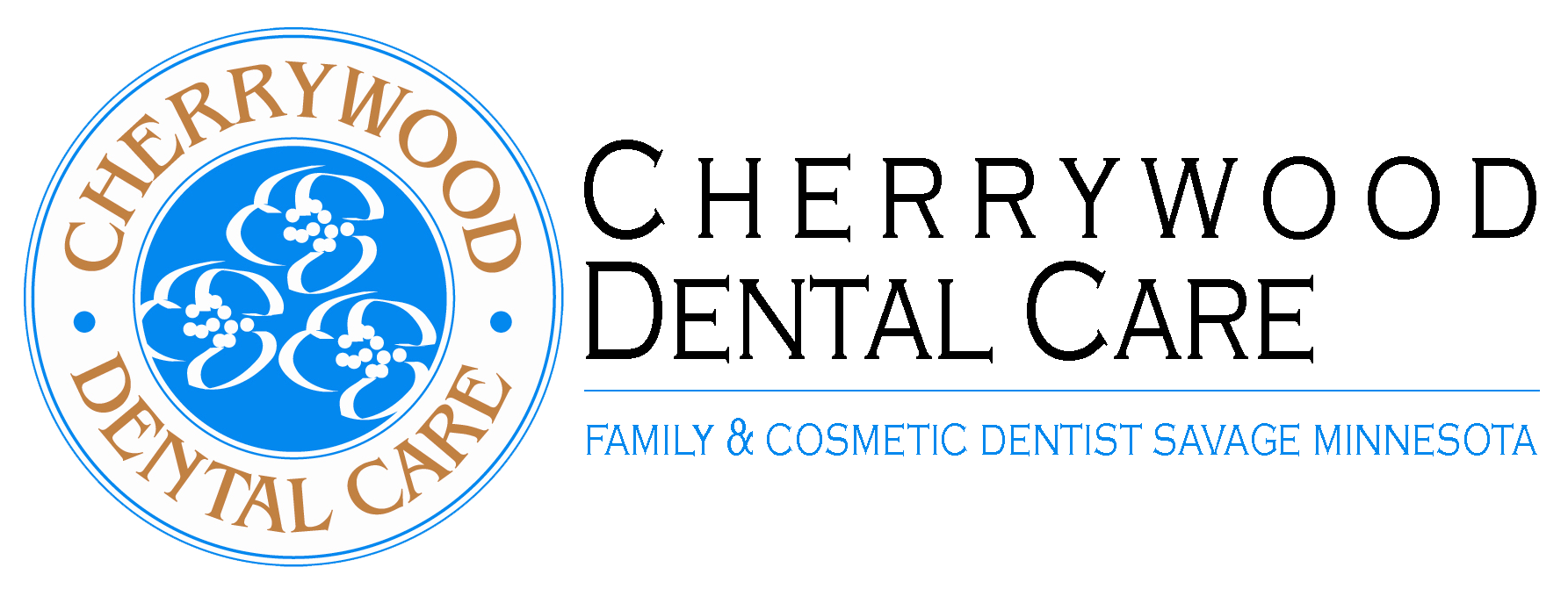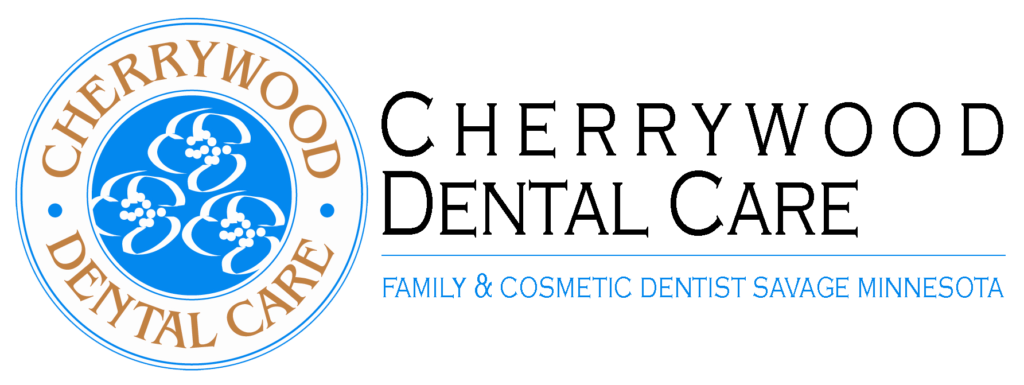What is the Difference Between Simple & Surgical Extraction?
There are many reasons that a patient may need to have a tooth extracted which can include extensive tooth decay, gum disease, overcrowding, or even trauma to the tooth. Dental extractions are a common treatment reserved for wisdom teeth and four teeth that are otherwise non-restorable. Many adolescent patients go through wisdom tooth extraction in anticipation of orthodontic treatment. Removing the wisdom teeth ensures that the orthodontist will have the necessary space to shift and rotate the teeth into alignment.
Wisdom teeth aside, adult teeth may require extraction if the tooth suffers trauma or is fractured and cannot be restored through other methods. The same is true for teeth that have extensive decay and cannot be saved with fillings or dental crowns. A tooth extraction can be simple or surgical, depending on the location of the tooth and whether or not it is erupted through the gum tissue.
What is the difference between a simple and a surgical extraction?
A simple extraction is performed on teeth that are fully erupted through the gum tissue and can easily be loosened and lifted out of the socket. A simple extraction can be used for teeth that have decay or damage or are causing overcrowding.
A surgical extraction is reserved for teeth that are not fully erupted through the gum tissue but remain impacted below the gum surface or within the jawbone. A surgical extraction requires that an incision be made and possibly a piece of bone removed to allow the doctor access to the tooth.
Recovery After Extraction
Downtime after a simple extraction is minimal with most patients feeling side effects for just a couple of days. Since a simple extraction is less invasive, healing time is significantly less than a surgical extraction. Recovery time after a surgical extraction is a bit more extensive and may require a follow-up visit to have stitches removed unless they are dissolvable.
Regardless of the type of extraction that you have, it is important to follow your doctor’s postoperative directions closely to minimize unnecessary complications and risk of infection. He will be instructed to stick to a soft food diet and to avoid using straws or smoking cigarettes. The sucking action of using a straw or smoking a cigarette can cause the blood clot covering your extraction site to become dislodged, leading to dry socket.
Dry socket can be incredibly painful and unfortunately, there is no treatment other than pain management and waiting for the site to heal on its own.
Tooth Extraction Risks
The main risks associated with any type of tooth extraction include infection, pain, damage to neighboring teeth, or even nerve damage. Simple extractions have a lower risk of complication than surgical extractions because they are less invasive but neither are completely without risk. Your doctor will provide antibiotics to prevent infection and pain medication to help minimize discomfort.
Any risk associated with tooth extraction is less than leaving a tooth that needs to come out. Even if you do not want to have the tooth replaced with a traditional bridge or dental implant, it is important to the health of your mouth to proceed with treatment as advised. Following doctor’s orders will help you heal quickly and minimize risks to help get you back in action as soon as possible.

